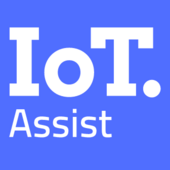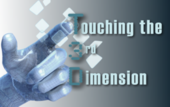
Dr.-Ing. Florian Daiber
Organisationseinheit
Kognitive Assistenzsysteme
Adresse
(Saarbrücken)
Gebäude D3 4Stuhlsatzenhausweg 366123 Saarbrücken
Publikationen
Alle PublikationenProfil
MDZH
Mittelstand-Digital Zentrum HandelDas Mittelstand-Digital Zentrum Handel gehört zu Mittelstand-Digital. Mit dem Mittelstand-Digital Netzwerk unterstützt das Bundesministerium für Wirtschaft und Energie die Digitalisierung in kleinen…

PORTAL
Pflanzenzüchtung mittels Robotik und KI zur erweiterten Datenanalyse und Entscheidungsfindung im virtuellen RaumDas Projekt „PORTAL - Pflanzenzüchtung mittels Robotik und KI zur erweiterten Datenanalyse und Entscheidungsfindung im virtuellen Raum“ wird modernste Technologien aus dem Bereich Künstliche…

IoTAssist
Entwicklung einer Endbenutzer-Plattform für Assistenzdienste mit interoperablen IoT-Geräten und tragbarer SensorikGrundlegendes Ziel des IoTAssist Projekts ist die Entwicklung einer Plattform, die eine Interoperabilität zwischen Geräten und Diensten im IoT- und Wearable-Bereich ermöglicht. Diese Plattform bietet…

T3D_DFG
Touching the 3rd DimensionDesign und Analyse perzeptuell-inspirierter Interaktionskonzepte fuer Stereoskopische Multi-Touch-Oberflächen
